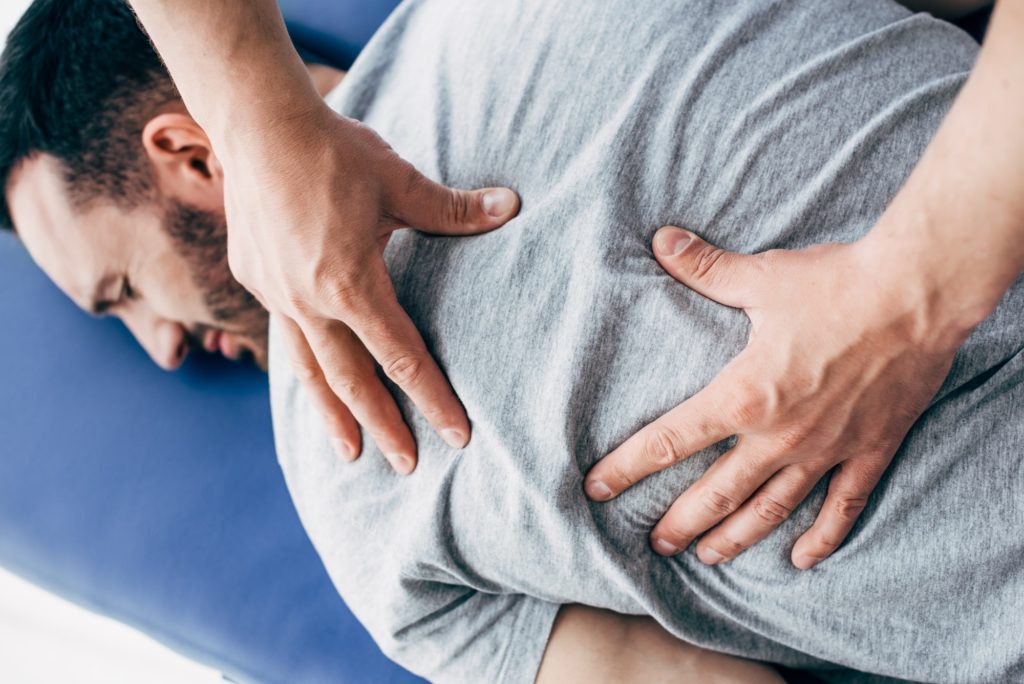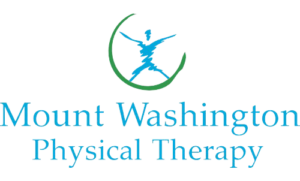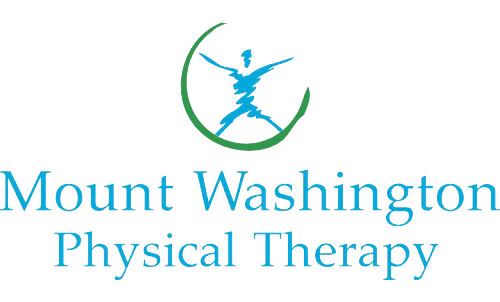Life Hacks for Your Back
by Joshua Wies, PT
Back pain is one of the most common ailments affecting people, with 85% of all people having an acute episode of back pain at some point in their lives. Luckily, for most, it is a self-limiting condition and will go away with no intervention. If pain does persist for more than 4 – 6 weeks, consult a doctor or physical therapist as there are often simple steps one can take – either medication and/or exercises along with hands-on treatment – to alleviate the condition.
A typical physical therapy course will include a detailed assessment including medical history in order to determine the underlying cause and diagnosis, followed by treatment. This may include use of various ‘modalities’ such as electrical stimulation, hot packs and ultrasound, as well as manual therapy – massage and gentle mobilizations of the joints. Most importantly, an exercise program should be prescribed to strengthen weak muscles and stretch tight ones. Without exercises, you are more likely to have recurring problems.
Although back problems can arise from a specific trauma such as a car accident or falling off a ladder, often, it is the accumulation of small ‘micro-traumas’ that lead to back pain. One of the greatest contributors is excessive sitting. The body has evolved to move (think hunting and gathering) not to sit hunched over a laptop, so it is no great surprise really that so many people are experiencing back and neck issues these days. The modern lifestyle is heavily weighted towards sitting in cars, at desks, and on the sofa in front of the television. When you are sitting, particularly on a soft sofa, make sure you have firm support for your lower back and try to use seating that keeps your hips higher than your knees.
Wouldn’t it be great if good posture and body mechanics for lifting were taught to all school children? Did you know the American Academy of Pediatrics recommends that a child’s backpack weigh no more than 10 to 20 percent of a child’s weight! How many kids are lugging around 30 pounds of books on their way to school? If you can, invest in a good backpack with padded shoulder straps and a belt to transfer some of the weight to the hips (such as the LL Bean Turbo Transit Pack). Keep the pack worn tightly to the body so the weight is as close to the center of gravity as possible.
If you have a desk job, consider investing in a variable height desk so you spend part of the time standing. There are loads on the market in a range of prices. An extra tip is to have a foam pad at your desk to stand on. This will reduce some of the strain on your joints and train the nerve endings that help to stabilize and strengthen the postural muscles.
Speaking of time at the desk, why not try break reminder software? RSI Guard is one I often recommend – it monitors your computer time and use + key strokes and at pre-set intervals, reminds you to take a break. It will even illustrate various exercises to keep you limber at the desk.
Is slouching your problem? Try the Lumo Lift Posture Coach – it’s a small sensor worn on the body that detects when you slouch forward and gives you a huge electric shock! Just kidding, it buzzes – a gentle reminder to straighten up. Another tip is to tip your seat forward 5 – 10 degrees. This encourages elongation of the spine and a taller posture. Or you can do away with the chair in favor of a big gym ball. Sitting on that encourages activity of the ‘core’ muscles and the need to slightly balance tends to keep the back aligned more naturally. (If the ball is too conspicuous, you can get a mini version called a Sit Fit, a ‘wobble cushion’ that you place on your chair and sit on top of, giving a similar effect to the big ball without all the snarky comments from your co-workers.)
Persistent pain or pain associated with numbness, tingling, pins and needles, or loss of strength should be seen to by a doctor, but often, there is no need to panic and it is a temporary condition. Anxiety and lack of sleep can make the experience or perception of pain worse so try to stay relaxed and do what you can to get enough sleep. Don’t consider the worst case scenarios but remind yourself that back pain can be a signal to change your habits and even examine dietary factors (such as avoiding pro-inflammatory foods and eating foods high in Omega-6 oils, etc).
If you do run into problems with your back, there are many approaches that can be helpful from exercise, to acupuncture, chiropractic, massage, and physical therapy, so don’t fear – help is close at hand.
Joshua Wies is the owner of Mount Washington Physical Therapy (www.mountwashingtonphysicaltherapy.com) and has helped people with acute and chronic pain for more than 25 years.


